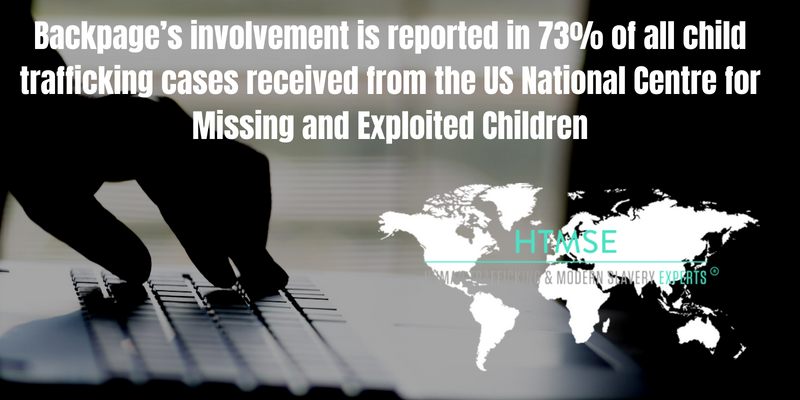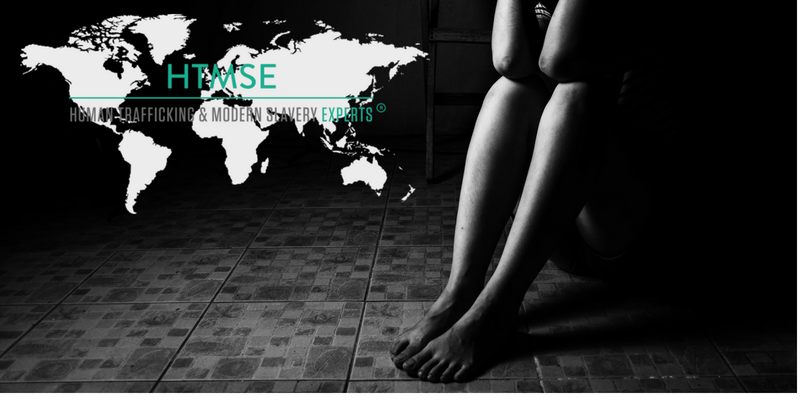
There is growing awareness of the key role that the healthcare sector plays in identifying and supporting victims of human trafficking. Due to the vast forms of exploitation, many dangerous scenarios lead to numerous physical injuries from STD’s of sex workers, to injury operating heavy machinery on mine sites, and exposure to hazardous chemicals, malnourishment and osteoporosis. Furthermore, trafficking victims often suffer from significant mental health and physical trauma as a result of their exploitation. Currently, in hospitals around the world, systems of identification exist for child abuse and domestic violence, yet limited procedures exist to identify and support trafficking and modern slavery survivors. Both the UK and the US are implementing policy to work with healthcare professionals to provide the necessary care and support for trafficking victims.
According to reports by trafficking survivors, many entered the healthcare system at some point during their process of exploitation. A survey in 2014 suggested 88/100 of the sex trafficking victims came into contact with an emergency healthcare department. These scenarios are critical opportunities that are missed if healthcare staff are not trained to identify victims of trafficking. However, this is not a simple or obvious process, as many of victims face difficult situations. They may not be open with the professionals if they have self doubt or are not yet aware they are being exploited, they are afraid of the repercussions of giving information regarding their situation, or they are accompanied by a supervisor to prevent details being communicated to authorities.
To deal with such situations, training is given to doctors, nurses but also a wider circle of healthcare providers that have come into contact with victims, including social workers, security guards and receptionists. These employees have the capacity to intercept victims, spot the important indicators, such as if the healthcare needed has been put off for several weeks, to spot inconsistencies in information or repeat injuries. They will then ask a number of leading questions to encourage victims to receive help. These questions may entail whether the patient “has ever had sex for money” or “whether they give someone else part of what they earn”.
Dignity Health has human trafficking program in over 40 hospitals in the USA, in which the core goals “are to ensure that trafficked persons are identified in the health care setting and that they are appropriately assisted with victim-centered, trauma-informed care and services”. They are “implemented first in Dignity Health emergency departments, followed by labour & delivery and postpartum departments”. In particular, there is a new diagnostic tool that can be used to identify and record umbers of trafficking against other abuse victims.
The UK are also developing systems to address the role of healthcare in trafficking survivors. The NHS Human Trafficking e-Learning Tool assists in identification and care of trafficking victims. It is aimed to train healthcare staff by outlining various scenarios of trafficking and how to appropriately cover the legal rights to medical care of trafficking victims. The aim is to inform and prepare front line staff to provide thorough support when confronted with cases of human trafficking.
In terms of victim support for survivors of human trafficking in the UK, the healthcare system is only available to victims within the 45 day reflection and recovery period of the National Referral Mechanism, after which governmental and healthcare assistance ends and survivors are vulnerable to re-trafficking and exploitation. In a report by Dr. Carole Murphy, she explains that the “system and its processes and procedures are not fit for purpose and have the potential to cause harm to survivors through re-traumatisation, falling through gaps in service provision and potential re-exploitation.”
The International Organisation for Migration and UN Global Initiative to Fight Human Trafficking also provide guidance on recommendations for victim care within all jurisdictions. They provide the report Caring for Trafficked Persons: A Guide for Health Providers in which they suggest careful treatment from healthcare providers can be fundamental in the recovery of abused and traumatised victims. It aims to provide guidance in recognising the common health problems and diagnosis associated with trafficking and the most safe and appropriate way to undergo treatments.
It is clear that the healthcare system plays a fundamental role in both human trafficking identification, as well as on going survivor support. The issue is unfortunately, if victims are not willing to give up information then there’s little support healthcare providers can give, hence, the way in which victims are spoken to and dealt with must be in careful and diligent manor after going through specialist training.

 In an exponentially expanding era of cyber activity, new channels for criminal activity are being facilitated. A particular area of concern is within the use of the Internet for
In an exponentially expanding era of cyber activity, new channels for criminal activity are being facilitated. A particular area of concern is within the use of the Internet for 


